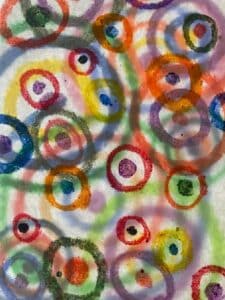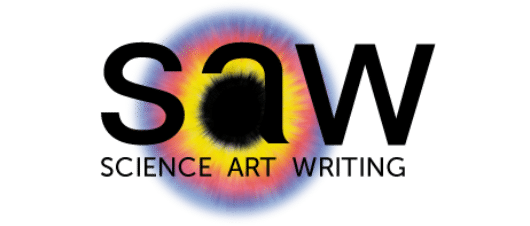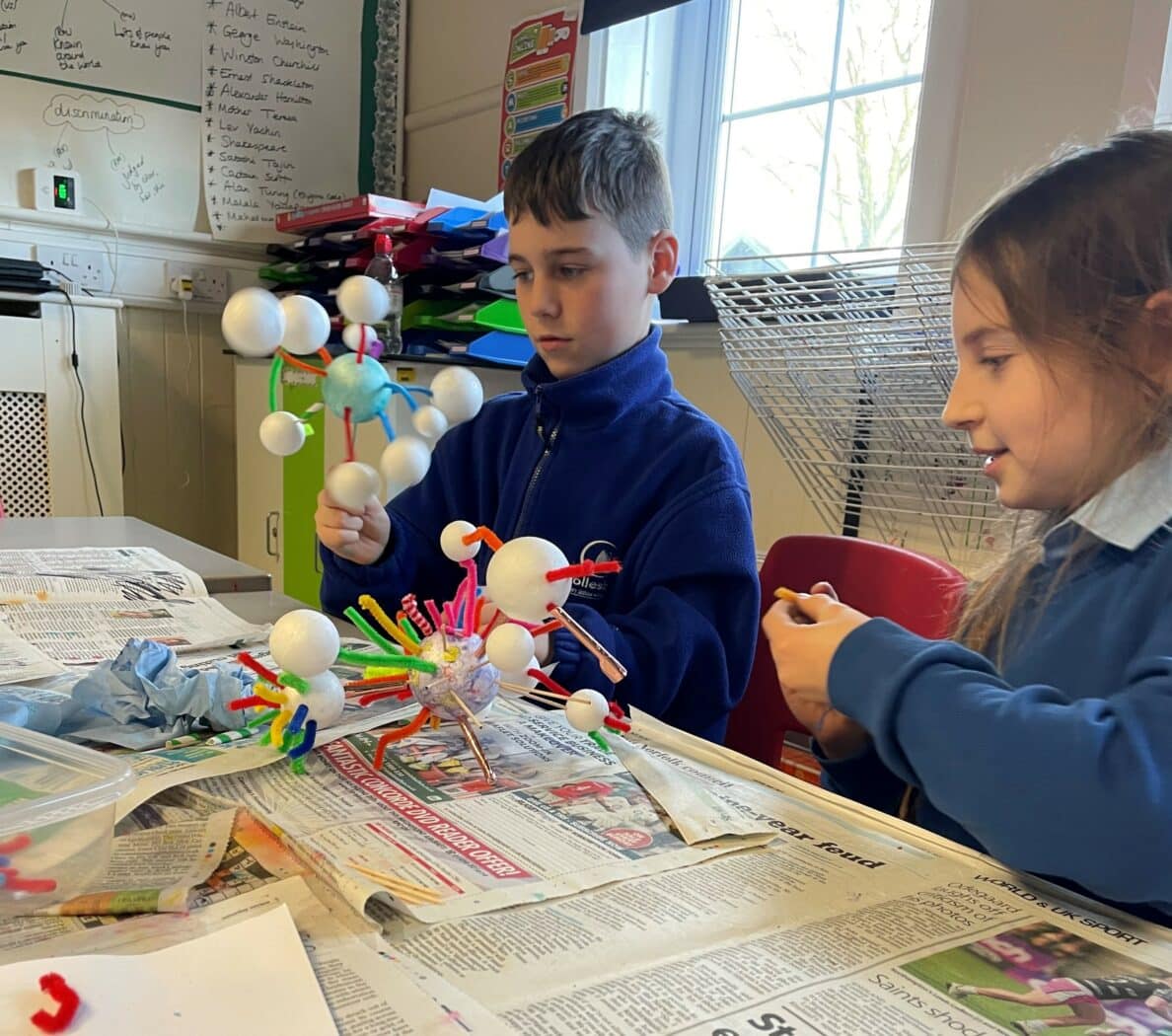We took a team of scientists from the John Innes Centre, writer Richard Lambert, and artist Chris Hann to Rollesby Primary School, to meet Mrs Foreman and her year 5&6 class.
Led by John Innes Centre scientists Dr Rebecca Casson and Dr Alan Houghton, the day began with a guessing game to challenge children’s preconceived ideas of what scientists, artists and writers look like. One by one, the team introduced themselves and the children voted whether they were a scientists, artist or writer. As is often the case, the results showed that the children believed females to be artists or writers and the males to be scientists. We can but try to smash the stereotypes!
The science activities began with a class discussion about the importance of plants. The children were surprised to discover that 90% of them had eaten a plant for breakfast and they were surrounded by plant products such as the furniture and books in the room and even the clothes they were wearing.
After looking at intriguing microscope images of plant parts, such as their leaves and oil glands, the class moved onto their practical science activities which included pigment extraction and pH indicators and a new activity testing mock assay plates to look for chemicals from plants that could be promising new medicines.
During the writing session the class were given the task of writing a poem in the form of a potion to link with the many useful chemicals locked up in plants.
A potion for time travel
Some lavender leaves,
some things from a tree,
mix until you are pleased.
Add some cream pie,
if you would like,
if not add some cheese.
Put some sprinkles,
sparkles if you need,
then knead until you are happy.
Now for the finishing touch,
add a pinch of grass.
Now you can time travel,
if you drink it all up!
By Bella
To conclude the day, the students created their own artwork inspired by an image from the science session of a flask of THP-1 human cancer cells.

Using oil pastels on tracing paper, the children created concentric circles of differing sizes. They resembled ripples radiating out from rain drops hitting the surface of a pond. This effect was amplified when the tracing paper was folded in half, giving the illusion of depth to the artwork.
The pictures became vibrant when they were stuck onto the windows of the room allowing the daylight to illuminate the colours and reveal a clearer view of the circles on the different layers of the paper.
The final piece of art used the image of a molecular model of Boswellic Acid from the science as an introduction to 3D sculpture. Children were given a selection of straws, sticks, pipe cleaners and polystyrene balls and let loose to make their own structures!


